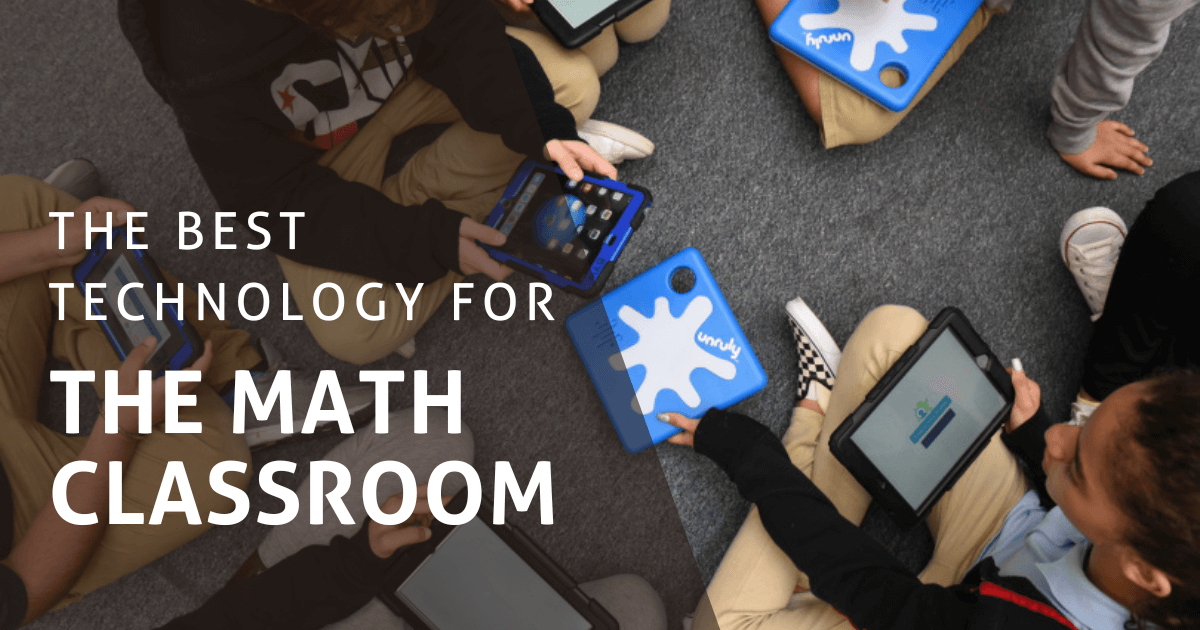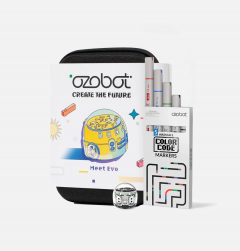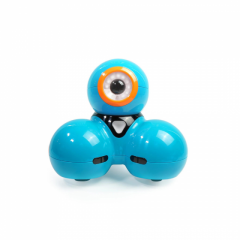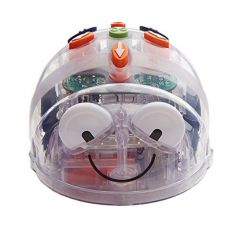Although much of 21st century STEM education focuses on teaching coding and computer science, coding technology can also be used in the math classroom. In fact, the best STEM tools include features that enable educators to simultaneously teach multiple skills. Starting early in life, students can develop stronger math literacy with various tech tools, especially those we're highlighting here. These EdTech solutions allow students to learn math through play, art, and problem-solving, resulting in memorable lessons that stick for years to come.
Wonder Workshop's Dash Robot
The first STEAM technology we'll talk about for the math classroom is the Dash Robot from Wonder Workshop. One of the most popular and reliable elementary robotics solutions, the Dash Robot introduces core coding concepts as early as kindergarten. It's a great K–8 STEAM solution, enabling educators to teach much more than just coding. One of its most effective STEAM learning areas is, of course, mathematics. Wonder Workshop recently revamped the standards-aligned math activities in their Make Wonder platform, the LMS that accompanies Dash robot packs. Make Wonder includes well over 60 math-specific activities for both core classrooms and supplemental technology labs. With a Make Wonder subscription, teachers can access lessons on counting, geometry, measurements, fractions, multiplication, algorithms, and much more. Just spend a little time with Dash, and students will become fluent in math, computational thinking, and other relevant skills.
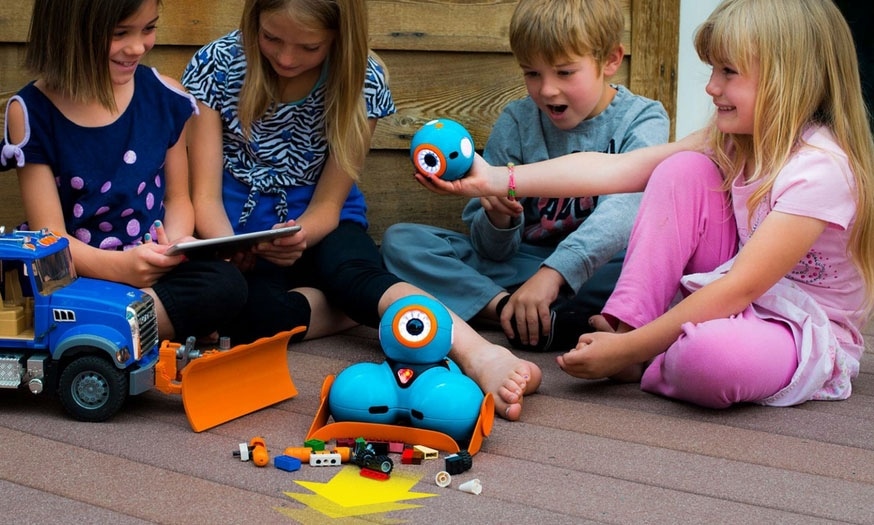
Active math lessons with Unruly Splats
Unruly Math is the perfect way to make math lessons stick. Unruly Splats are programmable floor buttons that kids can use to play active games—jumping, stomping, running, and more—while learning in any subject. In this case, they're learning math! Unruly Math comes with 80+ standards-aligned lessons and activities that teach rounding, counting, adding and subtracting, fractions, and more. In the Decimal Relay game, students learn how to add and subtract decimals to the hundredths place, all while having fun in a relay race. Two students will run between two Splats, which will record their run times. Then, they'll subtract one time from another to find the difference. This type of kinesthetic learning helps to cement the math concepts by stimulating their brains and boosting retention. It also allows kids to associate math with fun, inspiring them to continue to pursue math in the future. For more on how to use Unruly Splats in math class, check out our blog on interdisciplinary Splats learning.
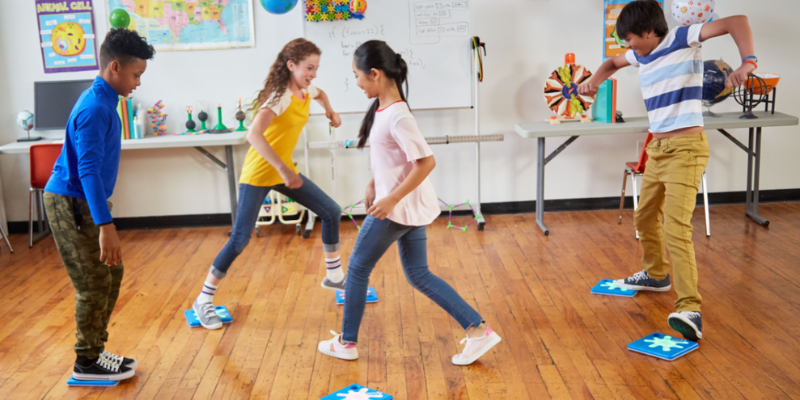
Teaching math with the Ozobot Evo
The Ozobot Evo is also great for math classes, specifically due to its navigation abilities. Ozobot is programmed to follow lines and execute specific commands indicated by color codes. But when Ozobot comes to an intersection, its path is often left up to chance. Because the robot isn't programmed to choose a specific direction, this feature creates an excellent opportunity to illustrate probability. Students can predict which direction they believe the Evo will go and see if they can successfully predict its path. Plus, within the OzoBlockly coding platform, students can progress to more complex levels and incorporate mathematical concepts like variables, functions, arrays, and more.
Simple math lessons with Blue-Bot
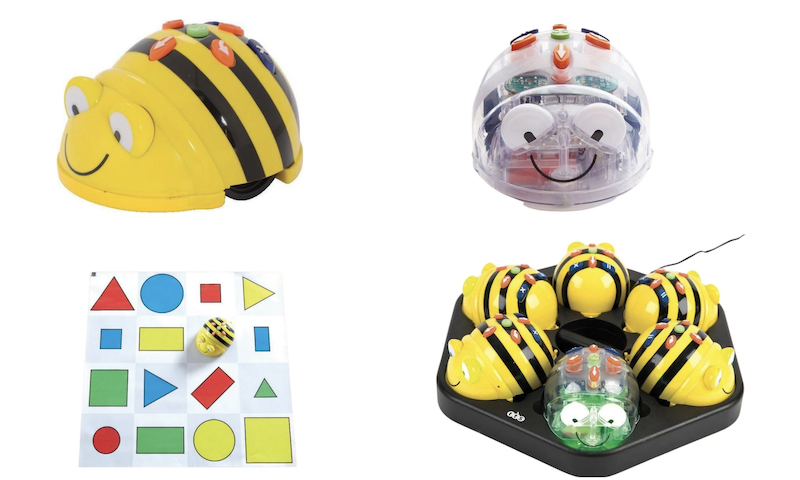
Finally, we have the Blue-Bot, which is a great early education STEM tool. Like the others on this list, Blue-Bot allows instructors to create math connections through simple projects and activities starting as early as Pre-K. When plotting out paths and programming the Blue-Bot, for example, students need to know how many steps it should move. If using the Card Mat, they might also have to measure out the number of tiles they want their robot to move. While engaged with these beginner coding lessons, students are also developing mathematical skills, like estimation, sequencing, and counting. They can also do activities like identifying numbers, navigating mazes, and calculating how to take measurements.
So many of today’s best STEAM tools incorporate math in one way or another. These five are some of the best at developing the most important STEAM and math skills students will need in the future. To grab any of this technology for your math classroom, or to explore the hundreds of other STEM tools that we offer, visit our store. Be sure to follow us on Twitter/X and Instagram, too, for all of the latest in STEM education.



